Research Group Events in Japan (November-December 1992)
September 17, 2016 in Manuscript Studies, Photographic Exhibition, Seminars on Manuscript Evidence
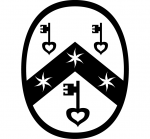 Research Group Visit to Japan
Research Group Visit to Japan
Seminar, Workshop, Lectures, and Symposium
November and December 1992
In November and December 1992, 4 members of the Research Group on Manuscript Evidence visited Japan at the invitation of our Japanese Associates, Professors Shuji Sato and Tadao Kubouchi. The visit included a Research Group Seminar, a Research Group Workshop, a Research Group Symposium, a Research Group Photographic Exhibition, and Lectures at various locations. The visit was organised with the help of very many members of the Japan Society for Medieval English Studies and others.
 The lectures, seminar, and workshop considered in depth specific subjects surveyed in the symposium; demonstrated the approach of the Palaeographical and Textual Handbook; and examined themes, challenges, and advances in Anglo-Saxon manuscript studies. The photographic exhibition accompanied the seminar, workshop, and symposium.
The lectures, seminar, and workshop considered in depth specific subjects surveyed in the symposium; demonstrated the approach of the Palaeographical and Textual Handbook; and examined themes, challenges, and advances in Anglo-Saxon manuscript studies. The photographic exhibition accompanied the seminar, workshop, and symposium.
A Set of Events, with Lectures and a Seminar, Workshop, and Symposium, took place at several centers in Japan in November and December 1992.
They formed an extension of the Research Group Series on “The Evidence of Manuscripts” (1989–1995)
held mostly at the Parker Library, Corpus Christi College, Cambridge
The previous seminar in the Series considered
“Research on Anglo-Saxon Manuscripts in Cambridge and Oxford”
(with a Travelling Exhibition of Photographs)
Pembroke College, Oxford, 20 June 1992)
I. Seminar on “The Research Group on Manuscript Evidence and Its Work”
(with a Travelling Exhibition of Photographs)
College of Arts and Sciences
University of Tokyo at Komaba
28 November 1992
The seminar concentrated upon the Research Group and its
work.
R.I. Page gave “A General Introduction to the Work of the Research Group on Manuscript Evidence and Some Discussion of its Recent Findings”.
Mildred Budny examined “Anglo-Saxon Scribes at Work”.
Tim Graham reported on “New Light on Texts and Glosses in Two Anglo-Saxon Manuscripts” (namely Corpus Christi College, Cambridge, MSS 173B and 422B).
Leslie French examined “The Use of Computers in Presenting Manuscript Evidence”.
Mildred Budny and Leslie French gave a “Demonstration of the Palaeographical and Textual Handbook“.
The audience mainly comprised teachers and scholars from a variety of centers. The Reception gave the opportunity to meet, greet, and converse.
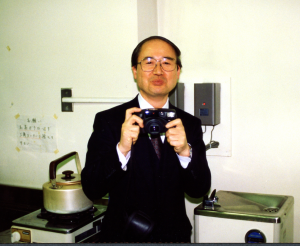
‘Photographers Greet’. Reception at Tokyo University at Komaba, 28 November 1992. Photograph © Mildred Budny
II. Visit to the Gardens of the Imperial Palace in Kyoto
30 November 1992
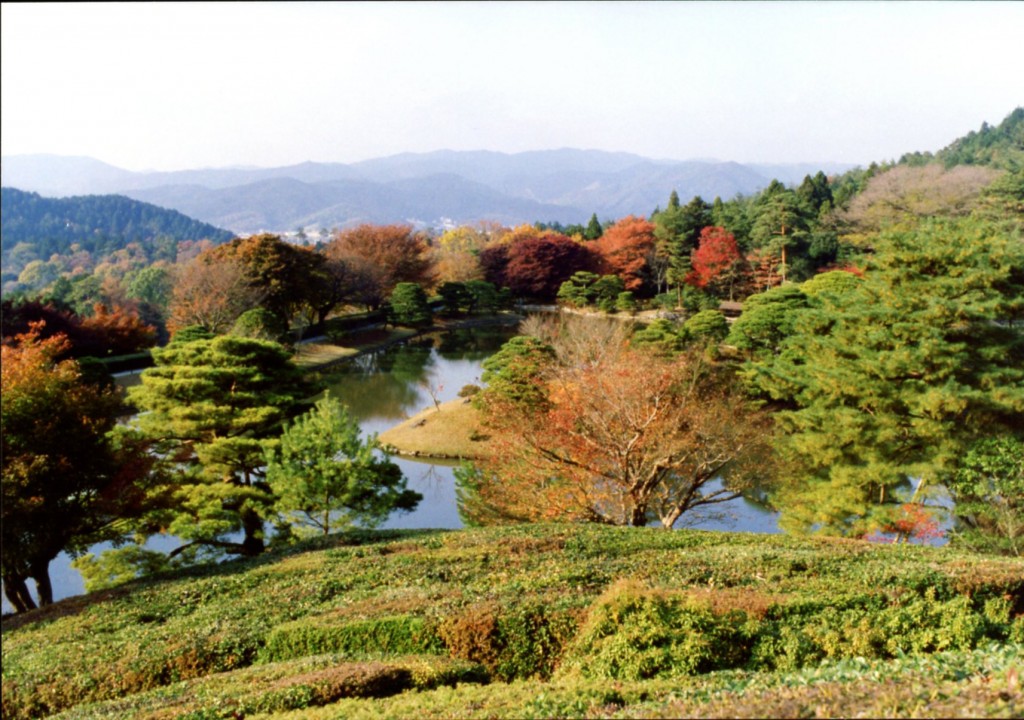
Kyoto Imperial Palace grounds on 30 November 1993. Visit arranged especially for the Research Group Visit to Japan. Photograph © Mildred Budny.
*****
III. Workshop on “Aspects of the Research Group on Manuscript Evidence”
(with a Travelling Exhibition of Photographs)
Chuo University, Tokyo, 2 December 1992
R.I. Page lectured on “The Making of a Library of Anglo-Saxon Manuscripts”
Mildred Budny surveyed “The Art of Anglo-Saxon Manuscripts”
Mildred Budny and Leslie French gave a “Demonstration of the Palaeographical and Textual Handbook“.
The workshop was designed for the mainly student audience.
IV. Symposium on “The Integrated Approach to Manuscript Studies: A New Horizon”
(with a Travelling Exhibition of Photographs)
Aoyama Gakuin University
Tokyo, 5 December 1992
as part of
The Eighth Annual General Congress of the Japan Society for Medieval Studies

Approaching Aoyama Gakuin University, Tokyo, on 5 December 1992 for the Eighth Annual General Congress of the Japan Society for Medieval English Studies. Photograph © Mildred Budny.
The papers delivered at the Symposium (at 14:00 – 17:00), over which Professor Shuji Sato presided, gave an overview of methods and results applicable to many fields of medieval English studies.
The Programme Booklet for the Congress as a whole publishes the Abstracts for the Papers for this session, with an introduction and some abstracts in Japanese (pages 7—10). We reproduce the abstracts in English here.
Raymond I. Page’s paper considered the theme of “Back to the Manuscripts — Some Editorial Problems”.
We are accustomed to meeting Old English texts in printed and edited versions, and it always comes as a surprise to meet for the first time the manuscript of a text we have long known in print. Editors have usually intervened, adapting the manuscript forms to their own ideas of punctuation and sentence structure, word division, lay-out and meaning. Sometimes these ideas are ill thought out, and represent traditional patterns of editing that need questioning. Interference in the manuscript, even with the best intentions, may mislead a reader, particularly one whose interests are not those of the editor. Historians may need an edition of a text different from that wanted by literary or linguistic students.
I propose to discuss a number of examples, comparing manuscript forms with those of the printed versions. I shall talk on aspects of MSS CCCC 23 (Ker no. 31, a glossed Prudentius), CCCC 173 (Ker no. 30, Anglo-Saxon Chronicle) and CCCC 557 (Ker no. 73, fragments of a homily on the legendary history of Christ’s cross).
[Ker = N. R. Ker, Catalogue of Manuscripts Containing Anglo-Saxon (1957).]
Timothy C. Graham reported on “The Beginnings of Old English Studies: The Manuscript Evidence”.
The study of Old English has a continuous history dating back to the sixteenth century. The Parker collection of Anglo-Saxon manuscripts has always been a principal resource for students of the language. This paper will describe how the pages of the manuscripts bear precious evidence of the aims and methods of some of the pioneers of Old English studies: Robert Talbot (1505–58), prebend of Norwich Cathedral; John Joscelyn (1529–1603), Matthew Parker’s secretary; Matthew Parker himself (1504–75); and Abraham Wheloc (1593–1653), first Lecturer in Anglo-Saxon at Cambridge University.
The evidence includes annotations, collations, restorations of lost passages, transcripts, glosses, and index notes. I shall give examples from MS 41, the Corpus Old English Bede; MS 144, the Corpus Glossary; MS 173, the Parker Chronicle; MS 173, a collection of Aelfrician homilies bound with a bilingual Latin – Old English text of the Rule of St Benedict; MS 201, a miscellany of ecclesiastical and secular texts including several associated with Wulfstan; and MS 383, a collection of Anglo-Saxon legal texts. These manuscripts will be amply illustrated by slides and photographs.
Tadao Kubouchi considered “Punctuation in Some Manuscripts of Ælfric and Wulfstan”
(including Corpus Christi College, MSS 190 and 201).
Tim Graham read Nicholas Hadgraft’s paper on “Conservation of Manuscripts”.
The paper will be about techniques of conserving western manuscripts, and ethical considerations which face the conservator. It will discuss the problems arising from the cockling of vellum and methods for reducing the distortion of leaves. The ethical considerations discussed would include the question of how far the conservator is justified in intervening in a manuscript. He must appreciate it as a historical artefact bearing evidence from several centuries. He must therefore be aware of the danger of removing or altering evidence which may be important to scholars and researchers from various academic disciplines.
Shuji Sato surveyed “The Physical Description” of Corpus Christi College, MS 173.
Leslie J. French explored “Recording: Evidence versus Interpretation”.
The need to record and present results produced by members of the Research Group has led to developments and innovations in the use of computers. Advances in computer typesetting are used to distinguish evidence from its interpretation at multiple levels. The multiple stages of the recording process will be shown. These stages more from a “depiction” of a manuscript page, using typography as graphics, through a transcription, semi-diplomatic edition, normalised edition, translation and commentary.
The choices for particular manuscripts will be discussed, along with their relevance for textual scholars. Examples will include the Parker Chronicle, the Corpus Alfredian Pastoral Care, the Corpus Glossary and Archbishop Wulfstan’s Sermo ad Anglos (Corpus Christi College, Cambridge, MSS 173B, 12, 144 and 201) from the forthcoming Pages from Anglo-Saxon Manuscripts: A Palaeographical and Textual Handbook.
Mildred O. Budny examined “Manuscripts as Artefacts”.
By approaching a manuscript as an artefact as well as a carrier of text and a work of art, we are able to record information which answers questions or provides supporting evidence for many lines of inquiry. They range from palaeography and art history to textual and linguistic studies. Notable examples include the discoveries of unknown glosses and the recovery of texts hitherto ony partially deciphered (as with Corpus Christi College, Cambridge, MSS 173B and 422B); and the identification within a manuscript of sequences of production and layers of accretion, through additions alterations and other forms (as with MSS 23 and 173A and B), sometimes making it possible to assign certain features to particular periods or places.
The account will survey results of the Research Group’s integrated approach to manuscript studies. They include collaborative monograph studies, essays on various themes, a new catalogue of Anglo-Saxon and related manuscripts at Corpus, the Palaeographical and Textual Handbook, full colour facsimiles of manuscripts (as with MSS 23, MS 139 and 173). Special attention will be given to manuscript photography, including forms of image enhancement used to distinguish inks, pigments and layers of accretion. Examples will focus upon the preparation for the facsimile of MS 173.
*****
*****
 Photographic Exhibition Booklet
Photographic Exhibition Booklet
The Travelling Exhibition, devoted to “A” or “The Integrated Approach to Manuscript Studies” — the Cover Page and the First Page of the Catalogue Booklet use slightly different versions with A or The — was accompanied by an Exhibition Booklet. Its printed and photocopied form was distributed on site. Now we publish it in downloadable form freely as a pdf in the original A4 format. You may find it here.
Enjoy.
*****
“Profile of the Research Group on Manuscript Evidence” (1992)
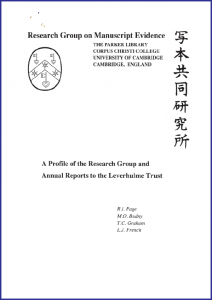 In connection with this visit and its preparations, there was published
In connection with this visit and its preparations, there was published
- Mildred Budny, “The Research Group on Manuscript Evidence: A Profile”, Medieval English Studies Newsletter, 27 (Tokyo: The Centre for Medieval English Studies, University of Tokyo, 1992), 6–11. For a while, it used to be available online (at http://www.flet.keio.ac.jp/~mesn/mesn_scan/MESN27a-dec1992.pdf).
This early version of our “Profile”, dated October 1992, was also printed and circulated both on its own and as part of the Annual Reports to the Leverhulme Trust, which funded the 5-year Research Project (1989–1994) — see our Publications — on “The Archaeology of Anglo-Saxon Manuscripts”, following the first 2 years of a pilot project on “Anglo-Saxon and Related Manuscripts” at the Parker Library with a single full-time researcher funded by several outside institutions and individuals.
Upon the provision of our official website in its first version (2006–) and then its upgraded version, all after the Research Group on Manuscript Evidence had become a nonprofit educational corporation in the United States, that early version of the “Profile” became available online as
- Mildred Budny, Profile dated October 1992 or Profile dated October 1992.
The website itself became the vehicle of publication of the Profile in its updated stages, starting with the “Profile” Home-Page, the “Officers” Page, the “Publications” Page, and other parts of the first website.
*****
Next Events
Back in England, the next Seminar in the Series on “The Evidence of Manuscripts” considered
“Corpus Christi College, Cambridge, MS 44: The Corpus Canterbury Pontifical”
Parker Library, 27 February 1993
Soon, another Seminar included a Travelling Exhibition of Photographs”:
“Anglo-Saxon Manuscripts from Worcester”
(also with a Travelling Exhibition of Photographs)
Pembroke College, Oxford, 13 March 1993
The full Series of events for “The Evidence of Manuscripts” is listed here.
The Series of Photographic Exhibitions
More versions of the Travelling Photographic Exhibition visited the International Congress on Medieval Studies in 1993 and 1994, at the invitation of the Director of the Medieval Institute, host of that Congress. Those years marked the first of the years that the Research Group on Manuscript Evidence participated as an entity at the Congress. The years-long “Prequel” for that sequence is surveyed in our affectionate Report for the cumulative 1992 Congress. The continuing, but sometimes intermittent, series of participatory activities by the Research Group on Manuscript Evidence at that Congress is reported in our Congress Archive.
Thanksgiving for Our Hosts and Colleagues
With the passing snows and bright, shining sunshine of the unfolding years since that momentous Research Group visit to Japan, which reflected the combined, dedicated, concerted efforts of many Associates, colleagues, and friends there, we continue to give admiring, humbled thanks for the generosity, collegiality, hospitality, and vision of our hosts.
*****


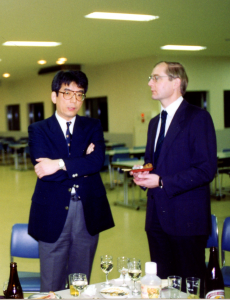
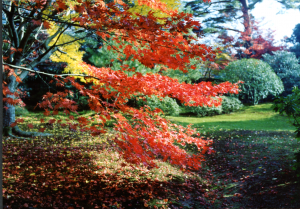
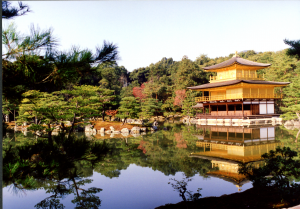
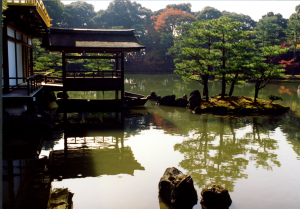
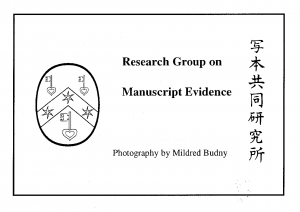


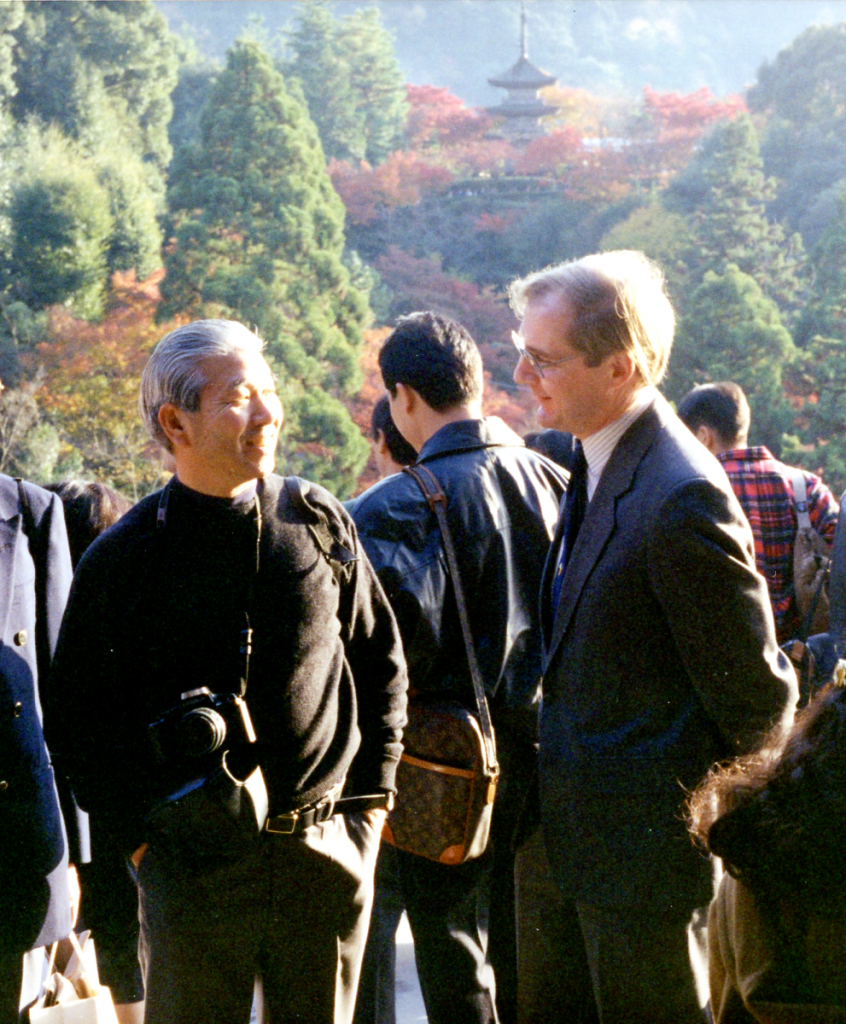
I am really loving the theme/design of your web site. Do you ever run into any browser compatibility problems? A few of my blog readers have complained about my website not working correctly in Explorer but looks great in Chrome. Do you have any tips to help fix this issue?